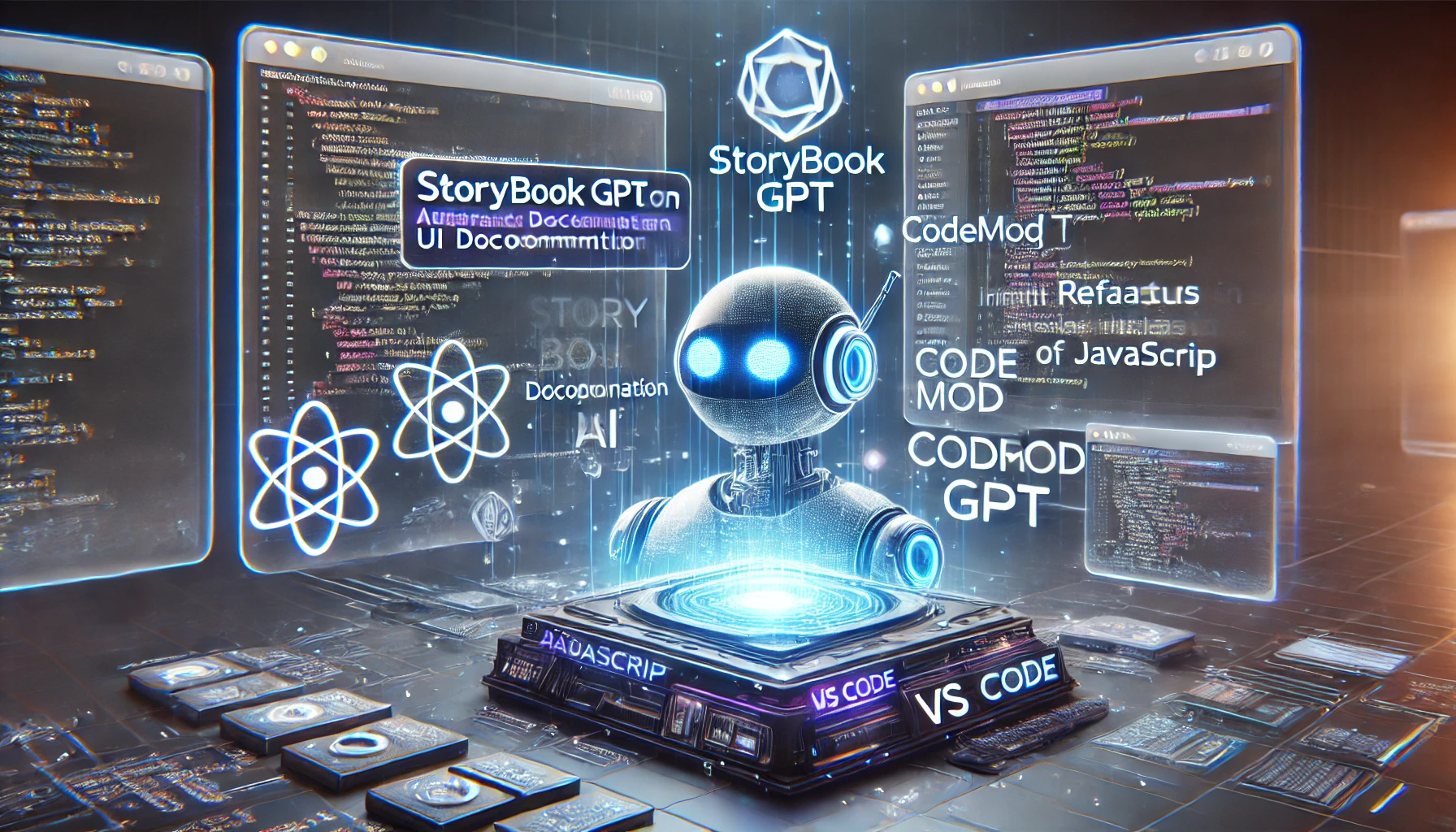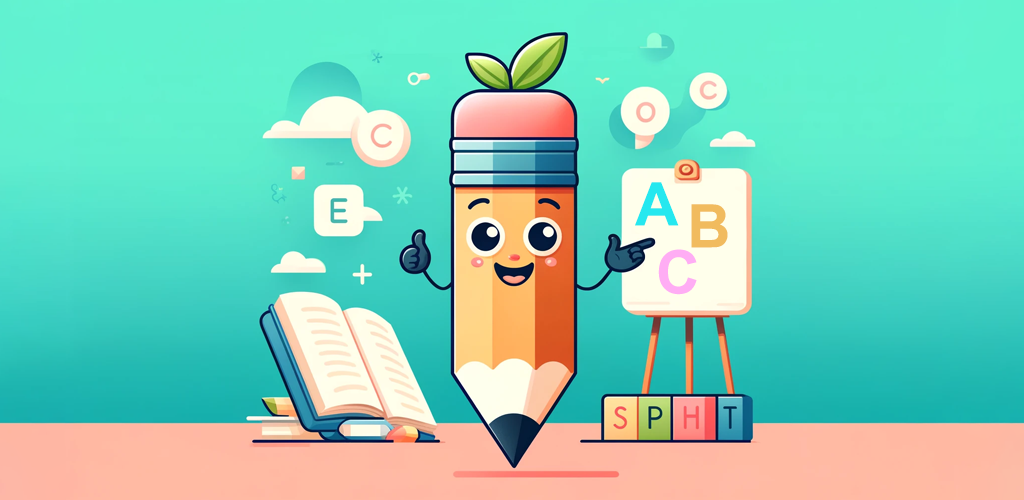· Tech · 4 min read
Integrating advanced AI language models with robotics
The future of human-robot interaction and Diablo Chatbot is paving the way.

The convergence of artificial intelligence (AI) and robotics is redefining how humans interact with machines. One of out projects leading this transformation is the Diablo Chatbot, an open-source initiative that integrates ChatGPT and natural language processing (NLP) with robotic control. This technology represents more than just an improvement in chatbot capabilities—it signifies a fundamental shift in human-robot interaction, making it more natural, intuitive, and intelligent.
From Commands to Conversations: A Leap in Robotics
Traditionally, interacting with robots required predefined commands, rigid interfaces, or complex programming. However, Diablo Chatbot introduces a conversational AI-driven approach, where users can speak to robots as they would with another person. This transition from command-based input to dynamic, AI-powered conversations unlocks a wide range of possibilities:
Hands-free robotic control – Instead of using controllers or typing commands, users can guide robots using natural speech.
Context-aware responses – AI-powered models understand queries based on previous interactions, making conversations more fluid and personalized.
Adaptability to various applications – From education to industrial automation, a chatbot-powered robotic interface can cater to different use cases seamlessly.
The Role of Large Language Models (LLMs) in Robotics
At the heart of Diablo Chatbot lies the integration of large language models (LLMs) like ChatGPT. These AI models are capable of understanding complex instructions, contextual nuances, and even emotions in user interactions. By incorporating an LLM, robots can do more than just respond to simple prompts; they can reason, adapt, and refine their responses based on user feedback.
For instance, a robot powered by Diablo Chatbot could assist in customer service, personal assistance, or even healthcare, understanding user needs in real-time and responding with appropriate solutions.
Redefining the Human-Robot Relationship
A critical advantage of this technology is its potential to bridge the gap between humans and robots, making AI-powered machines more approachable and accessible to people without technical expertise. Some transformative applications include:
Companion Robots: AI-driven robots can engage in meaningful conversations, providing companionship to the elderly or individuals in need of social interaction.
Education & Training: Robotics in education can be enhanced through interactive tutoring, helping students learn through conversational AI.
Smart Assistants for Businesses: Diablo Chatbot could be used in warehouses, retail, or customer service, allowing employees to communicate with robots naturally instead of using specialized software.
The Next Step: Context-Aware Robotics
The future of AI-powered robotics lies in context-awareness—robots that can process not only spoken language but also visual, environmental, and behavioral cues. With additional sensor integration and real-time learning, a ChatGPT-powered robot could:
Analyze surroundings and adapt its actions (e.g., understanding whether a person needs assistance in a busy environment).
Identify tone and emotions in speech, responding appropriately with empathy or urgency.
Anticipate user needs, improving proactive engagement rather than just reactive responses.
Ethical & Practical Challenges
While AI-powered robots hold immense promise, several challenges must be addressed before widespread adoption:
Bias in AI Responses: LLMs like ChatGPT learn from vast datasets, which means they may reflect biases or inaccuracies. Developers must ensure ethical AI implementations that promote fairness and inclusivity.
Privacy & Security: Voice-controlled systems often process sensitive information. Ensuring secure, local processing or encrypted communications is essential to protect user data.
Energy Efficiency & Hardware Integration: High-performance AI models require significant computational power. Future advancements should focus on energy-efficient AI that can run on edge devices without cloud dependencies.
A Fun Demo
Demoing the integration of the following:
- Hardware - Jetson AGX Orin Developer Kit, Zed2i depth camera and Direct Drive Tech’s Diablo robot
- Software - ROS2, OpenAI chatGPT 3.5 turbo, NVIDIA Riva speech recognition
The Road Ahead
Diablo Chatbot is more than just an experiment in AI-driven robotics—it is a glimpse into the future of human-machine collaboration. With ongoing advancements in AI reasoning, robotics integration, and voice recognition, this technology could become a standard for how humans communicate with intelligent machines.
As AI continues to evolve, projects like Diablo Chatbot will play a critical role in shaping a future where robots are not just tools but intelligent partners in our daily lives. Whether in homes, workplaces, or industrial settings, the ability to talk to robots as we do with humans will redefine our relationship with technology forever.
The question is no longer if robots will become a part of our everyday lives—but how soon we will see them actively assisting us in meaningful ways.


